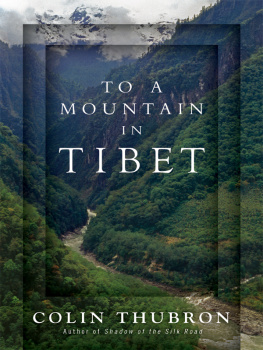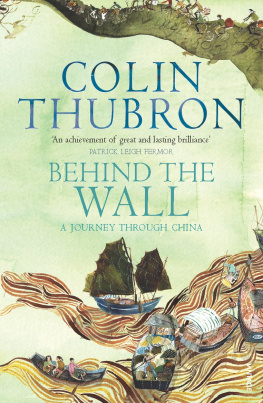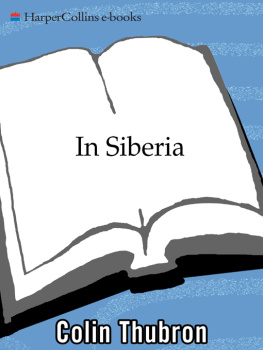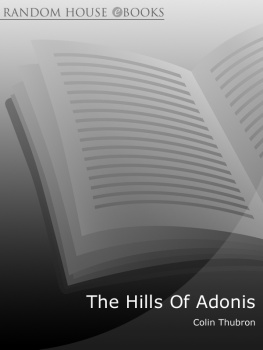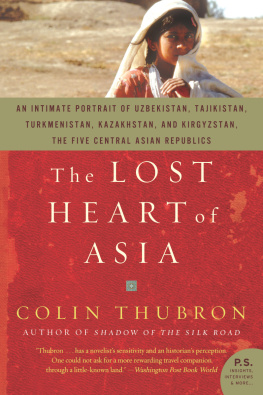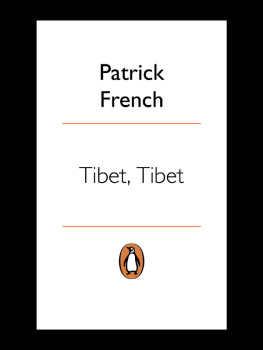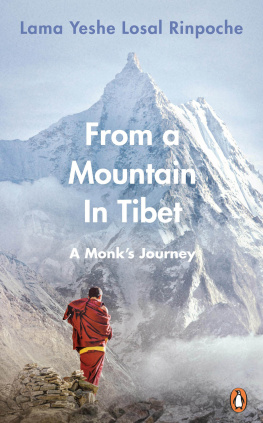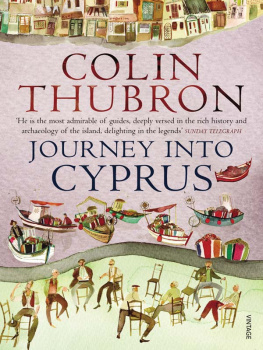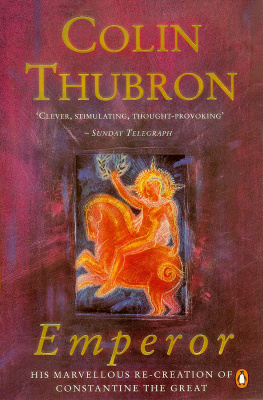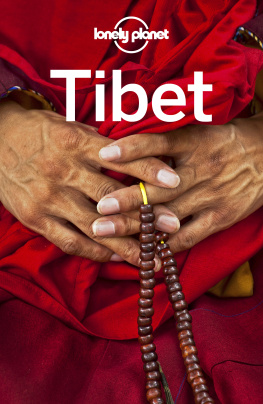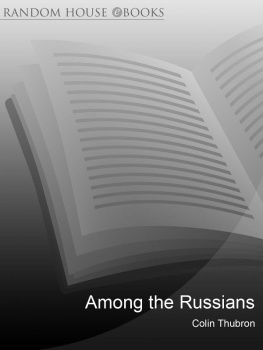T he sun is rising to its zenith. Silver-grey boulders lie tumbled along the track among mattresses of thorns and smoke-blue flowers. The storm clouds that hang on the farther mountains do not move. There is no sound but the scrunch of our boots and the clink of the sherpas trekking pole. Underfoot the stones glisten with quartz.
These first hours have a raw exhilaration. The track shimmers ahead with a hard brilliance. The earth is young again. Perhaps it is the altitude that brings this lightness and anticipation. Within an hour we have flown from near sea level to over 8,000 feet, and I feel weightless, as if my steps will leave no trace.
Beneath us the little town of Simikot hangs above an abyss of empty valleys. Its corrugated-iron roofs flash among patches of green barley. It is slipping behind us. From its runway of parched earth the Twin Otter aircraft that carried us in has already turned and flown away between the mountains. There are no roads here. Humla is the remotest region in Nepal, little visited by trekkers even now. The nearest paved highwaythe lowland route from Kathmandu to Delhilies hundreds of mountain miles to the south, and to the east the climbers lodestarsDhaulagiri, Annapurna, Everestare out of sight.
As we walk, a dark-forested gully opens to the west, carving a giant corridor through the mountains. Its walls rise in vertiginous foothills towards 15,000-foot summits gashed with snow and clouds. Noiselessly far below us, through this immense gulf so steep as often to lie out of sight, the Karnali river is raging coldly down from the highest source of the Ganges. It is nowhere navigable, but for the next ten days it will steer us northwards. It twists ahead with a chill magnetism, mounting by icy steps higher and deeper through the western Himalaya, for a hundred miles before us, into Tibet.
By trekkers standards our party is small and swift: a guide, a cook, a horse man, myself. We move scattered above the river, while lone traders pass us the other way, leading their stocky horse and mule trains between lonely villages. They are dark, slight men in torn anoraks and brimless headgear, marching to the clank of their animals tin bells and crying softly to the strays to keep in line. Their women walk alongside, sashed and scarved in magenta and blue, their sinewy wrists layered in bracelets, their nostrils and ears dangling golden discs. They look fierce and open, and laughingly meet your eyes. The delicacy of the plains has gone.
We reach a cairn stuck with weathered stakes, then descend through pines towards the river. Its noise rises to us in the hiss of far-down cataracts. Peacefully beneath us, and seaming the far banks in long yellow shelves, the terraces of an unseen village are ripening with corn. The slopes flame with the reds and purples of late spring, with shrubs I do not know. Giant walnut trees appear, and silvery aromatic shrubs, while overhead the mountain peaks gather in jagged crenellations and seem to enclose the place in a private peace.
We are through the village almost without knowing. Granite boulders overshadow dwellings frailer than they: cottages of dry-stone walls and bleached timbers sunk among the igneous rocks. They look half deserted, mellow and pastoral above their fields, so that as we go on high above the river, past rice paddies and a little shrine to Shiva, I imagine this a valley of Arcadian quiet.
Then a man joins us on the path. He is vivid with troubles. His jacket is patched, his trainers split. He fires a volley of questions at the sherpa. How can he get out of this place? Theres nothing for anybody here. His family cant support itself on its patch of rice fieldit isnt enough
His eyes spear us out of a sun-blackened face. He follows us for miles. He cannot bear to let us go: we, who carry the aura of a wider world. He has never been to Kathmandu, never left this region. But rain has loosened the earth around his house, and it is sliding down towards the river.
I am fifty-six nowmy life is too poorMy son and daughter-in-law want to buy a new horse, but we cannot afford onea horse is forty thousand rupees
Yet this dirge comes with a hardy sparkle, as if he were talking about other people. He grins with disordered teeth. Their horse is oldit will die
Of course. This is a cruel region in a poverty-stricken land: bitter winters and narrow, rock-strewn earth. Arcadia is falling to bits as he speaks. The farmed terraces are dropping behind, and above us the naked rock is bursting through the green hillsides in huge, serrated shoulders. Sometimes the track lifts precipitously on steps hewn sheer from the cliff face, or ascends on rubble stairways where a stumble will pitch us into the abyss.
At one of these bottlenecks we find the rock daubed red with the Maoist rebel emblema hammer-and-sickle circled beside a swastika (here an archaic symbol of good fortune)but the guerrillas themselves have gone. For ten years they paralysed this region, and would politely leach for money the few foreigners who ventured in. They took over 13,000 Nepalese lives. But now, three years later, with Kathmandus royal dynasty swept away, they are jostling for power with the decrepit politicians in the capital, and their old sloganFollow the Maoist path!is flaking from cliffs and walls.
At last the farmer turns back, waving buoyantly, his voice fading among the rocks. We have no king nowwe have nothing And then, as if, after all, he might follow us to the end: Where are you going?
When the sherpa cries back, Mount Kailas! the name echoes down the river like a broken secret. The farmer does not hear it. It is the noise of somewhere imagined or hopelessly far away.
And so, in the West, it still seems. The most sacred of the worlds mountainsholy to one fifth of the earths peopleremains withdrawn on its plateau like a pious illusion. For years I had heard of it only as a figment. Isolated beyond the parapet of the central Himalaya, it permeated early Hindu scriptures as the mystic Mount Meru, whose origins go back to the dawn of Aryan time. In this incarnation it rotates like a spindle at the axis of all creation, ascending immeasurable miles to the palace of Brahma, greatest and most remote of the gods, and plunging as deep beneath the earth. From its foot flow the four rivers that nourish the world, and everything createdtrees, rocks, humansfinds its blueprint here. In time the mystical Meru and the earthly Kailas merged in peoples minds. Early wanderers to the source of the four great Indian riversthe Indus, the Ganges, the Sutlej and the Brahmaputrafound to their wonder that each one rose near a cardinal point of Kailas.
So people discovered the heart of the world. It was a site of astral beauty, separated from its companion Himalayas as if by divine intent. To the pious, the mountain radiates gold or refracts like crystal. It is the source of the universe, created from cosmic waters and the mind of Brahma, who is yet himself mortal and will pass away. The sun and the planets orbit it. The Pole Star hangs immutable above. The continents of the world radiate from its centre like lotus petals on a precious sea (humans occupy the southern petal) and its slopes are heady with the gardens of paradise.
But the God of Death dwells on the mountain. Nothing is total, nothing permanentnot even he. All is flux. In the oceans around Kailas-Meru, beyond a ring of iron mountains, countless embodiments of Meru, each identical to the last, multiply and repeat themselves, dying and resurrecting into eternity.

